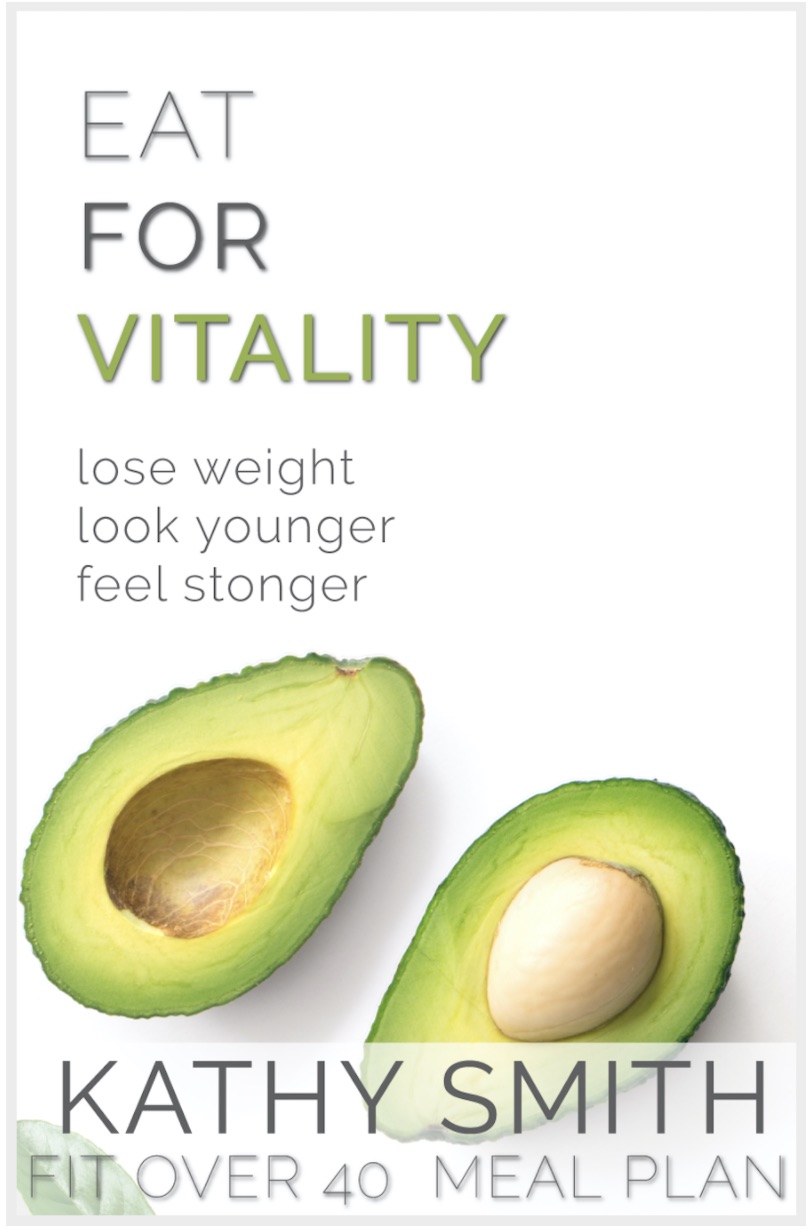Episode 90 | Dr. Felice Gersh, M.D. | Optimize Your Fast
To WATCH, Just Click Play!
There’s a growing body of research that shows time-restricted eating (TRE) can be a realistic and sustainable approach to weight loss.
However… the timing of the fast is the key. Time-restricted eating is a form of fasting that can truly make it easier to lose weight when it’s part of an overall effort to improve health.
With TRE, you eat only during a specific time period, usually six- to 10-hours within your normal day. During the extended period of time you’re not eating, insulin levels drop, and that’s when you can burn fat.
I’ve talked a lot about time-restricted eating and intermittent fasting in blogs and podcasts, and today I’d like to highlight a brilliant article from Dr. Felice Gersh, M.D. Her information uses science-based principles to separate fads from fiction.
Fasting… Separating Fads from Facts (Read More)
Here’s how Harvard explains that time-restricted eating works…
“The food we eat is broken down by enzymes in our gut and eventually ends up as molecules in our bloodstream. Carbohydrates, particularly sugars and refined grains (think white flours and rice), are quickly broken down into sugar, which our cells use for energy. If our cells don’t use it all, we store it in our fat cells as, well, fat. But sugar can only enter our cells with insulin, a hormone made in the pancreas. Insulin brings sugar into the fat cells and keeps it there.
Between meals, as long as we don’t snack, our insulin levels will go down and our fat cells can then release their stored sugar, to be used as energy. We lose weight if we let our insulin levels go down. The entire idea of IF is to allow the insulin levels to go down far enough and for long enough that we burn off our fat.”
The health benefits of TRE don’t stop with fat burn. Studies have shown that it can positively affect metabolism in ways that may slow aging.
In addition to the increased fat burn, because you’re eating during a compressed window of time, you’re likely to feel fuller. Many people report naturally eating less at meals because of this feeling of fullness.
The optimal application of TRE includes considering the what in addition to the when. Eating a bigger breakfast, a small lunch and moderate dinner addresses what your body needs most throughout your TRE day.





